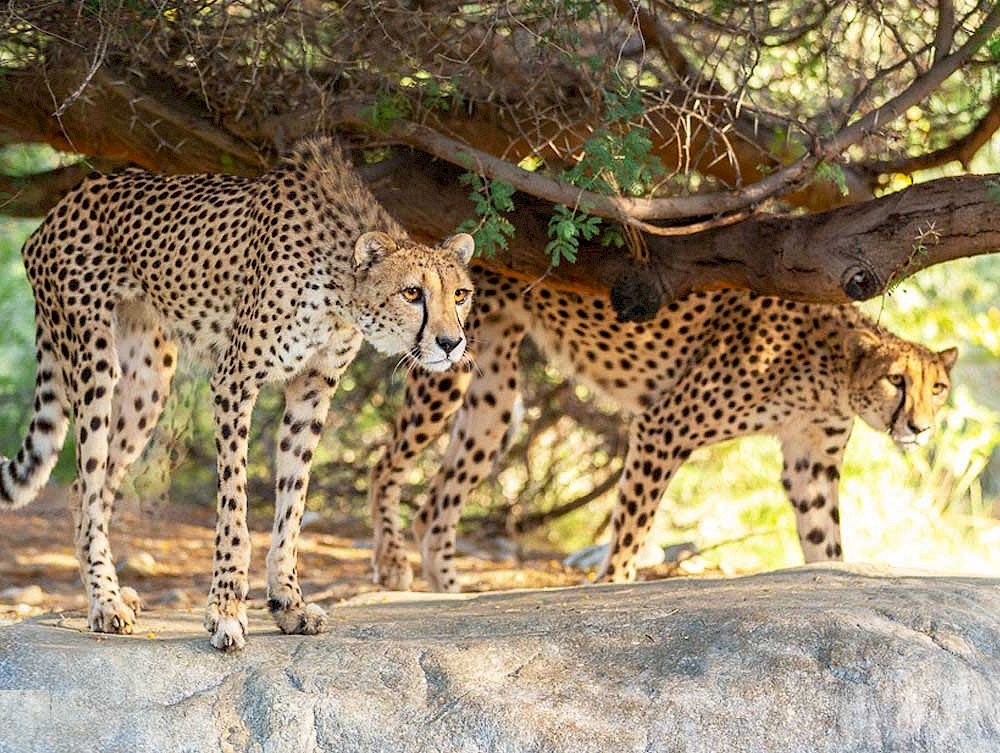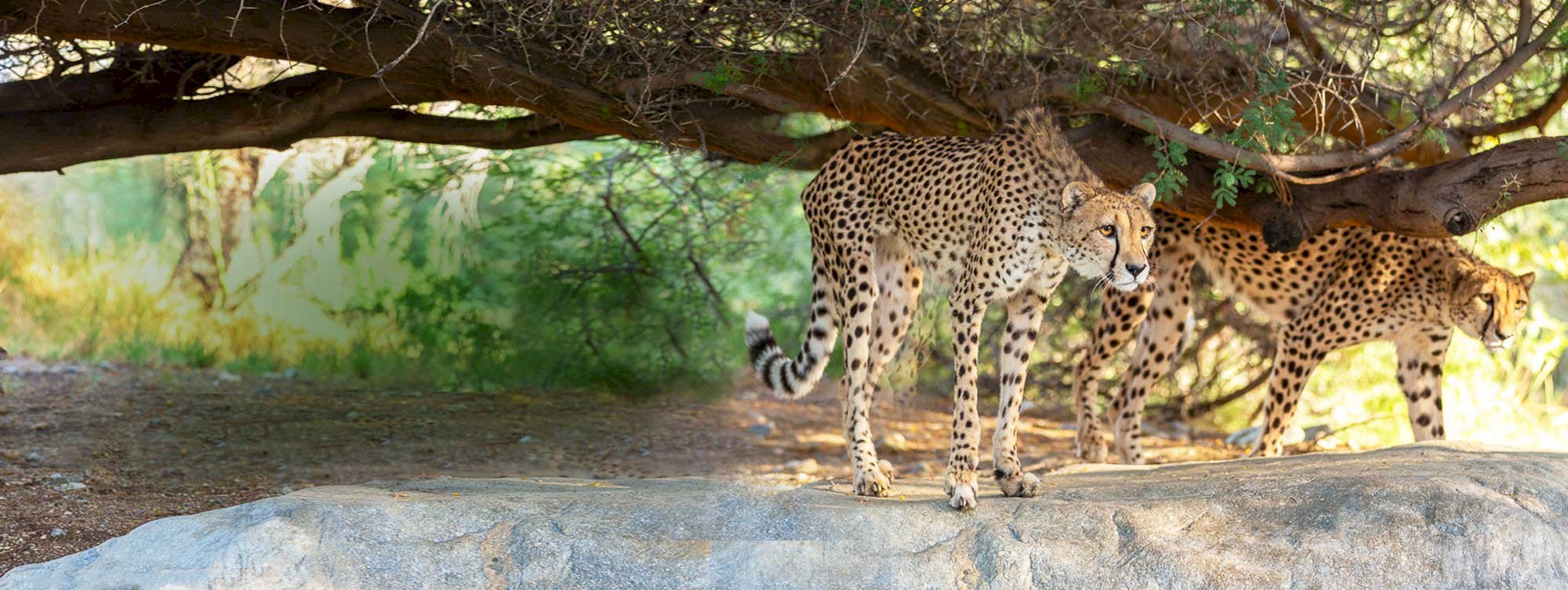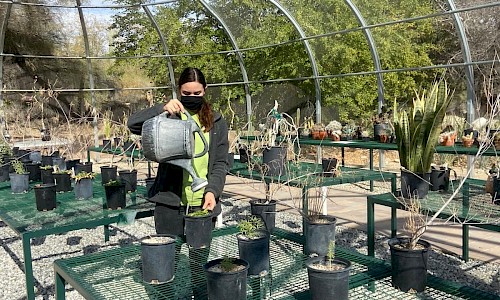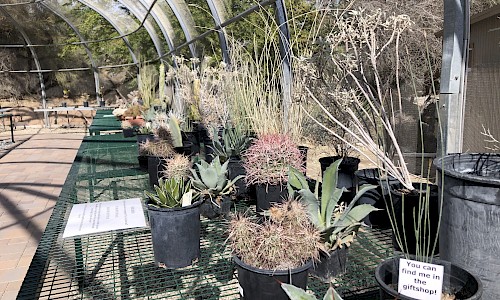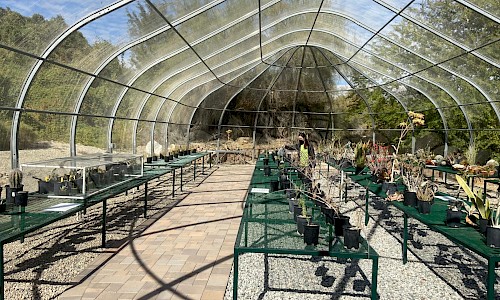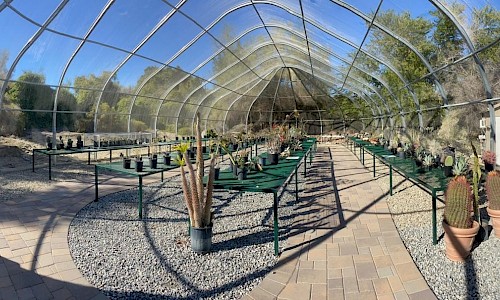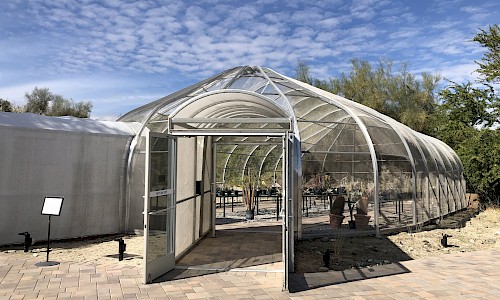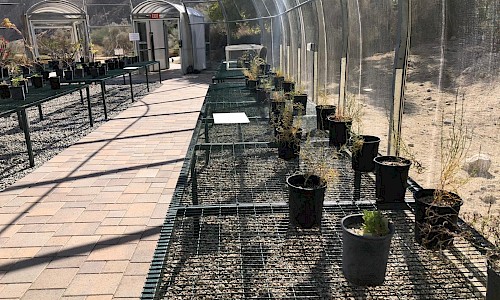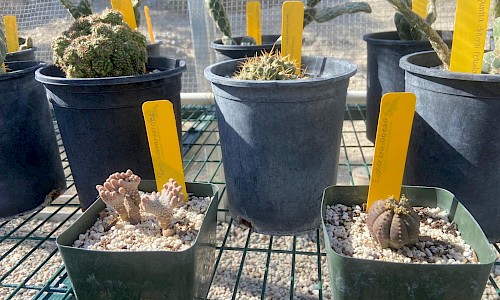A step into desert plant conservation
February 15, 2021
The preservation of desert species, animals and plants alike, is a vital part of The Living Desert’s mission of desert conservation. Nestled across from the pronghorn habitat, a new exhibit hosts some of the thousands of desert plants propagated by The Living Desert staff and volunteers each year for desert plant conservation efforts. In the Desert Plant Conservation Center, guests can experience many of the plants they know and love from our gardens and desert ecosystem in a new setting. You can see plants in different life stages, growing towards their destined homes in either our gardens or in their native habitats.
From human activities like off-highway vehicle (OHV) use to the very real and current threats of climate change, desert ecosystems are constantly faced with adversities. Through the preservation of native plants we can further our work of desert conservation from the ground up. While walking through this new structure, you can learn about the various desert plant conservation initiatives in which The Living Desert participates and the hundreds of plants that help us accomplish these goals. Many plants are propagated for habitat restoration or revegetation projects. Partnering with the Bureau of Land Management, thousands of native plants are propagated each year to be out-planted in various locations around the desert, including Big Morongo Canyon, Little Morongo Canyon, and Ridgecrest.
The Desert Plant Conservation Center is now open for guests to explore on their own. In the future, the Center will feature new and engaging experiences for guests like helping to propagate seeds. We hope to see you soon!
Did You Know...
Did you know that TLD garden staff propagates various plants for animal enrichment?
Native plants are integral for the survival and well-being of desert-dwelling animal species. Luckily for the animals at The Living Desert, we can meet these needs and go beyond by providing other enriching opportunities. A few of our desert reptiles, including chuckwallas and desert tortoises, relish flowers from yellow bells, orange jubilee, desert willow, and palo verde trees! Our endangered desert tortoises also love the occasional prickly pear fruit and cactus pads!
Did you know that succulents and cacti are among the most commonly trafficked plants?
One such example is saguaro cacti which can catch a hefty price on the black market and are often trafficked for their aesthetics in landscaping. As a Plant Rescue Center, the Living Desert works to combat wildlife trafficking in several ways. The Living Desert cares for confiscated plants, which can be returned to their country of origin, and educates visitors about the implications of wildlife trafficking by sharing the stories of the confiscated plants.
Fun fact:
Many of the plants in the Desert Plant Conservation Center are being propagated for habitat restoration of species you can find at the zoo, including the endangered desert pupfish! The Living Desert is currently restoring a desert pupfish habitat at Salt Creek, near the Salton Sea. You can go to The Living Desert’s blog or keep reading Monday Minutes to learn more about the project! Explore now>>
Thanks for joining us for this week's Monday Minute on the Desert Plant Conservation Center! We hope you'll tune in on Facebook Live tomorrow as we give a tour of DPCC!






